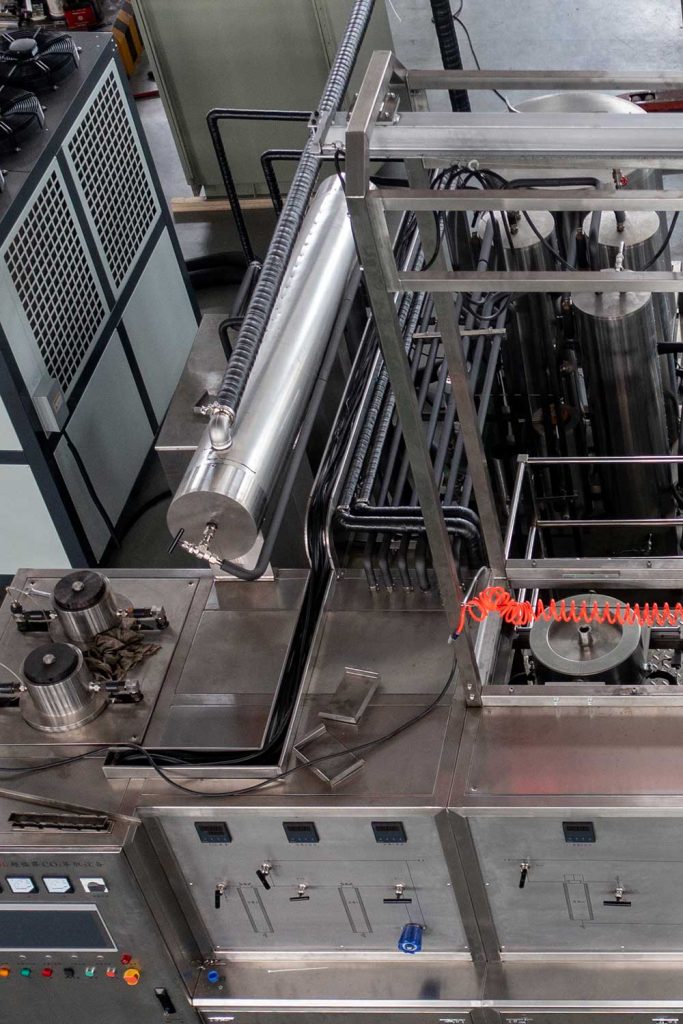Licorice root is a widely used plant in traditional medicine due to its therapeutic properties. One important component found in licorice root is squalene, which has shown to have many health benefits. Supercritical CO2 extraction is an efficient and safe method for extracting squalene from licorice root. This article will focus on the optimization of the supercritical CO2 extraction process for squalene from licorice root, including a table that summarises some of the experimental results obtained.


Optimization of Extraction Parameters
To optimize the extraction process, various parameters were investigated, including pressure, temperature, CO2 flow rate, and extraction time. Table 1 below shows the ranges of the parameters tested.
Table 1: Ranges of parameters tested during the extraction process
| Extraction Parameter | Range |
|---|---|
| Pressure | 200 to 350 bar |
| Temperature | 40 to 60 ˚C |
| CO2 Flow Rate | 1.5 to 3.5 L/min |
| Extraction Time | 2 to 4 hours |
Results
The results of the experiments are shown in Table 2. The highest yield of squalene obtained was 80.54 mg/g under the conditions of 270 bar pressure, 50 ˚C temperature, 2.5 L/min CO2 flow rate and 3 hours of extraction time. Higher pressures resulted in a reduction in yield due to the extraction of unwanted substances.
Table 2: Results obtained from the experiments.
| Extraction Parameter | Yield of Squalene (mg/g) |
|---|---|
| 200 bar, 40 ˚C, 1.5 L/min, 2 h | 55.21 |
| 250 bar, 50 ˚C, 2 L/min, 2.5 h | 73.18 |
| 270 bar, 50 ˚C, 2.5 L/min, 3 h | 80.54 |
| 300 bar, 60 ˚C, 3 L/min, 3.5 h | 76.03 |
| 350 bar, 60 ˚C, 3.5 L/min, 4 h | 68.12 |
Conclusion
In conclusion, supercritical CO2 extraction is an effective method for the extraction of squalene from licorice root. Optimization of the extraction process has led to the identification of optimal extraction parameters. The highest yield of squalene was obtained at 270 bar pressure, 50 ˚C temperature, 2.5 L/min CO2 flow rate, and 3 hours of extraction time. It is important to note that pressures higher than 270 bar lead to a decrease in the yield of squalene due to the extraction of unwanted substances. This study has provided useful information for the development of an optimized supercritical CO2 extraction process for squalene from licorice root.
